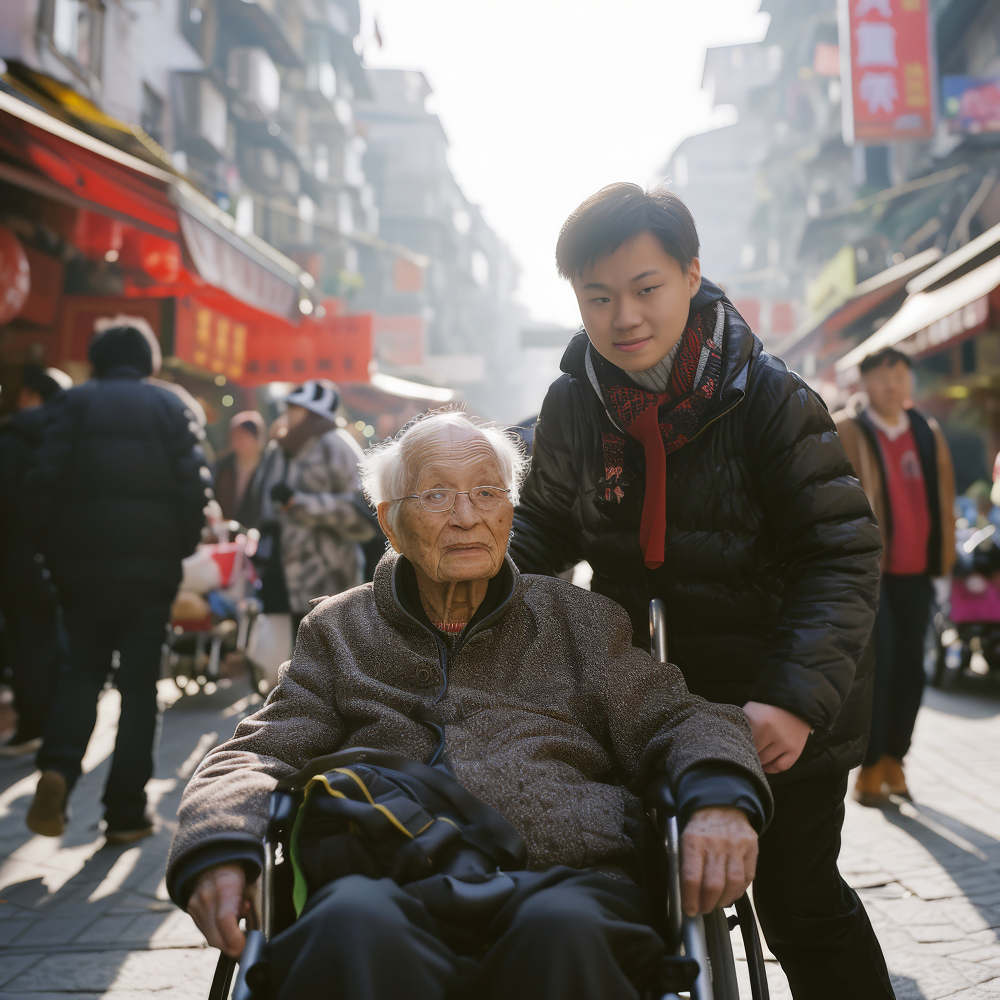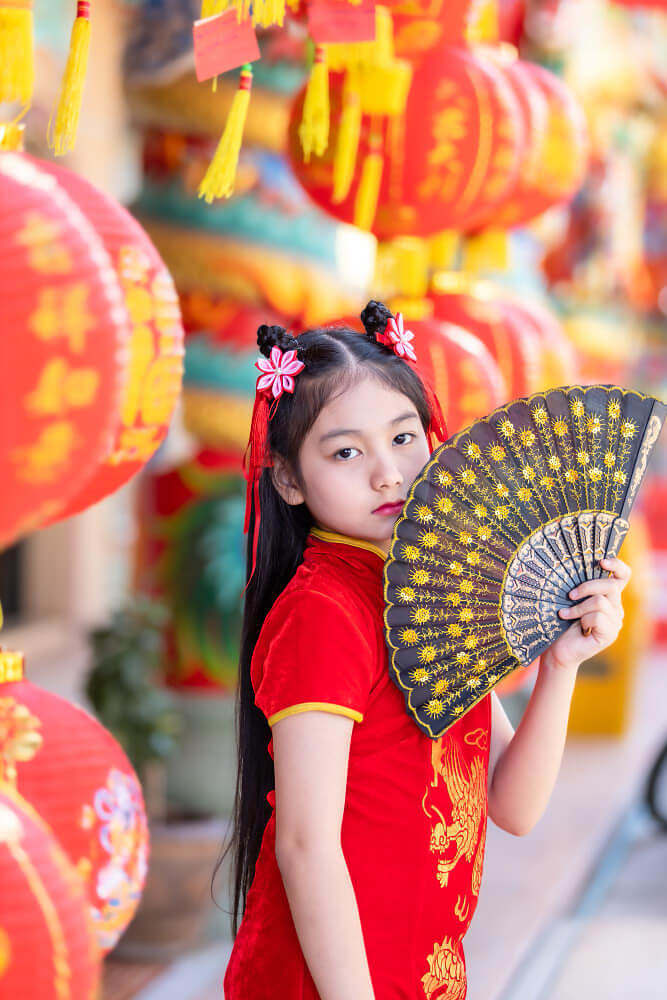Traditions, Customs, and Heritage
Chinese culture is one of the world’s oldest and most complex, with a history spanning over 5,000 years. From ancient philosophies to modern innovations, the culture of China offers a rich tapestry of traditions, customs, and heritage that continue to influence not only Asia but the entire globe. Understanding what Chinese culture entails requires a deep dive into its various facets, including traditions, customs, arts, and cultural facts that define this vast nation.
What is Chinese Culture?
Chinese culture, known as “cultura china” in Spanish, encompasses a wide range of beliefs, practices, traditions, and arts passed down through generations. What is Chinese culture exactly? It is a diverse blend of philosophies, values, and ways of life, heavily influenced by Confucianism, Taoism, and Buddhism.
Over the centuries, Chinese culture has not only preserved its traditional roots but also adapted to modern developments. The balance of tradition and innovation defines the dynamic nature of cultures in China, making it one of the most enduring civilizations in human history.
Interesting Fact:
China is home to 56 recognized ethnic groups, with the Han Chinese being the largest, constituting more than 90% of the population.
Key Elements of Chinese Culture and Traditions
Chinese Traditions and Values
At the heart of Chinese traditions are values like filial piety (respect for parents and elders), loyalty, and social harmony. These values are deeply rooted in Confucian teachings, which emphasize moral integrity, social responsibility, and the importance of family.
Filial piety is one of the most important concepts in Chinese culture and involves a deep respect for one’s ancestors and elders. It is believed that maintaining a strong family unit is key to a harmonious society.

Family and Social Structure
The family unit plays a crucial role in Chinese society. It extends beyond the nuclear family to include extended relatives and even ancestors. Ancestral worship is a common practice, where families honor their deceased relatives through rituals and offerings.
Interesting Fact:
It’s not uncommon for multiple generations to live together under one roof in China. This ensures that elders are cared for, and wisdom is passed down through generations.
Chinese Festivals
Chinese festivals are vibrant expressions of the country’s cultural heritage. They celebrate everything from family and harvest to myths and historical figures.
Spring Festival (Chinese New Year)
The Spring Festival, or Chinese New Year, is the most important celebration in Chinese culture. It marks the beginning of the lunar new year and is a time for family reunions, elaborate feasts, and paying homage to ancestors. Red decorations symbolize prosperity and good luck, while fireworks are set off to scare away evil spirits.
Interesting Fact:
Chinese New Year triggers the largest annual migration on the planet, as millions of Chinese travel home to celebrate with their families.
Mid-Autumn Festival
The Mid-Autumn Festival is another significant cultural event, celebrated with lanterns, family gatherings, and the sharing of mooncakes, a pastry filled with sweet or savory fillings. This festival is associated with the moon, and it’s a time for families to appreciate the full moon together.
Dragon Boat Festival
The Dragon Boat Festival commemorates the life of the ancient poet Qu Yuan. People participate in dragon boat races and eat traditional rice dumplings known as zongzi.
Chinese Food Culture
Chinese cuisine is incredibly diverse and reflects the country’s vast geography and history. Chinese food culture emphasizes balance, particularly the yin and yang of ingredients, ensuring harmony between flavors.
| Region | Famous Dishes | Flavors |
|---|---|---|
| Cantonese | Dim Sum, Sweet and Sour Pork | Light, slightly sweet |
| Sichuan | Kung Pao Chicken, Mapo Tofu | Spicy, bold, numbing |
| Hunan | Steamed Fish Head, Hot Pot | Hot and sour |
| Shandong | Braised Sea Cucumber, Peking Duck | Savory, salty |
| Jiangsu | Sweet and Sour Mandarin Fish | Fresh, natural flavors |
Interesting Fact:
In China, meals are shared family-style, with dishes placed in the center of the table for everyone to enjoy. Chopsticks are the traditional utensils used by all.
History of Chinese Tea
Tea cultivation and consumption in China began during the Shang Dynasty (1600–1046 BCE), and it was later popularized during the Tang Dynasty (618–907 CE). Legend has it that Emperor Shen Nong discovered tea when tea leaves accidentally blew into a pot of boiling water, leading to the first cup of tea. Over time, Chinese tea became a highly valued commodity, with many dynasties considering it essential to daily life, trade, and diplomacy.
Art and Philosophy
Calligraphy and Painting
Chinese calligraphy is considered the highest form of visual art. Mastery of calligraphy is seen as a reflection of one’s moral character and education. Similarly, Chinese painting is renowned for its delicate brushstrokes and natural subjects such as mountains, rivers, and bamboo.
Taoism and Confucianism
Taoism and Confucianism have shaped Chinese thought for millennia. Taoism emphasizes living in harmony with nature, while Confucianism focuses on the importance of morality, family, and societal order. Together, these philosophies form the ethical foundation of Chinese culture.

Chinese Clothing and Symbols
Traditional Chinese Clothing
The Cheongsam and Hanfu are two iconic traditional garments. The Cheongsam, known for its slim-fitting style, originated in Shanghai and is commonly worn by women during formal events. The Hanfu is a more ancient form of clothing that dates back to the Han dynasty and is making a comeback in modern China.
Interesting Fact:
The dragon, a symbol of power, prosperity, and good fortune, is deeply revered in Chinese culture.
Modern Chinese Culture
Influence of Western Culture
In recent decades, Chinese culture has been influenced by the West, particularly in fashion, media, and lifestyle. Despite this, China has managed to maintain its unique cultural identity. Many young Chinese blend traditional values with modern lifestyles, creating a dynamic cultural landscape.

The Role of Technology in Contemporary Chinese Society
China is one of the global leaders in technological innovation, especially in areas like e-commerce, artificial intelligence, and digital payments. The rise of these technologies has changed the way Chinese people live, work, and interact, yet these innovations coexist alongside centuries-old traditions.
Chinese culture is a unique blend of ancient traditions and modern innovation. Its vast history, philosophy, art, and values have shaped not only the culture of China but also influenced many parts of the world. Whether it’s the emphasis on family, the love for festivals, or the philosophical teachings of Confucianism and Taoism, Chinese culture continues to thrive and evolve in the modern world.
For anyone looking to understand what is Chinese culture, it’s a vibrant, ever-changing heritage that remains deeply rooted in the values of the past while embracing the future.
Don’t miss out—stay connected with us and explore the richness of Asian culture today!
Interested in learning more about China’s rich cultural heritage? Explore other articles on our site that delve into the fascinating world of Asian traditions

